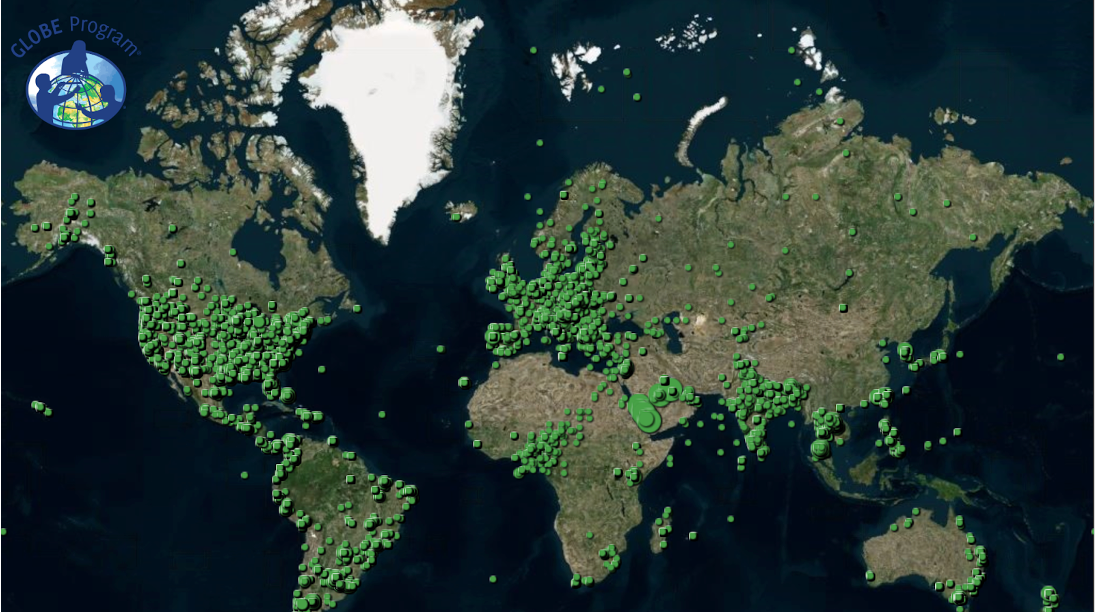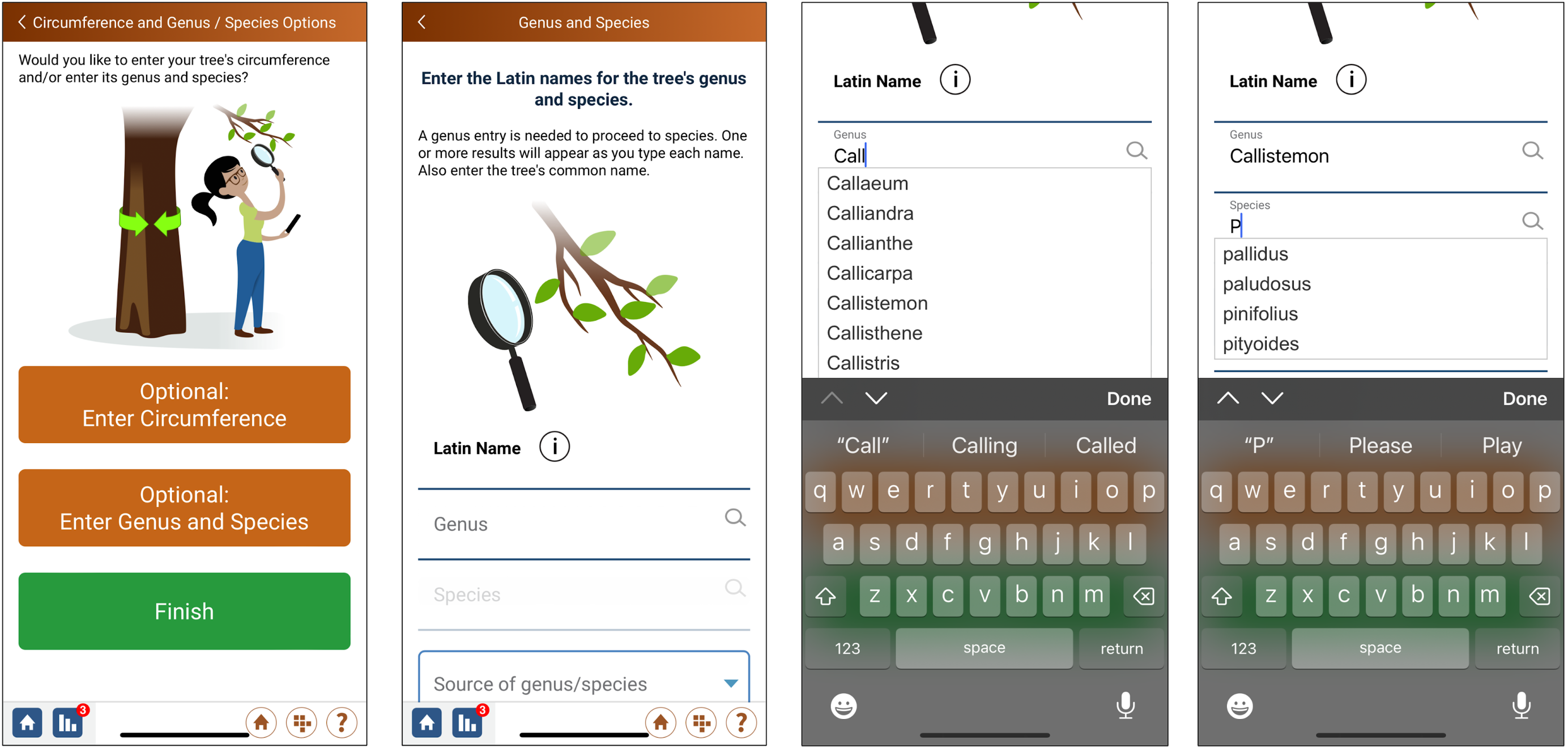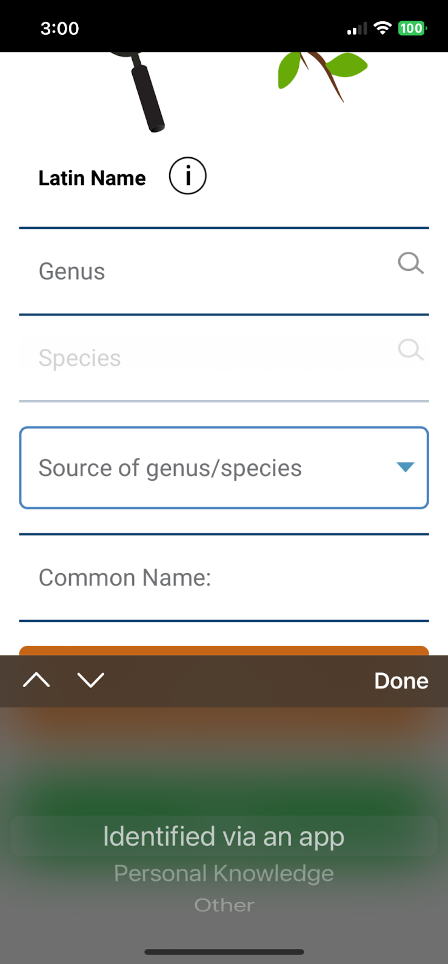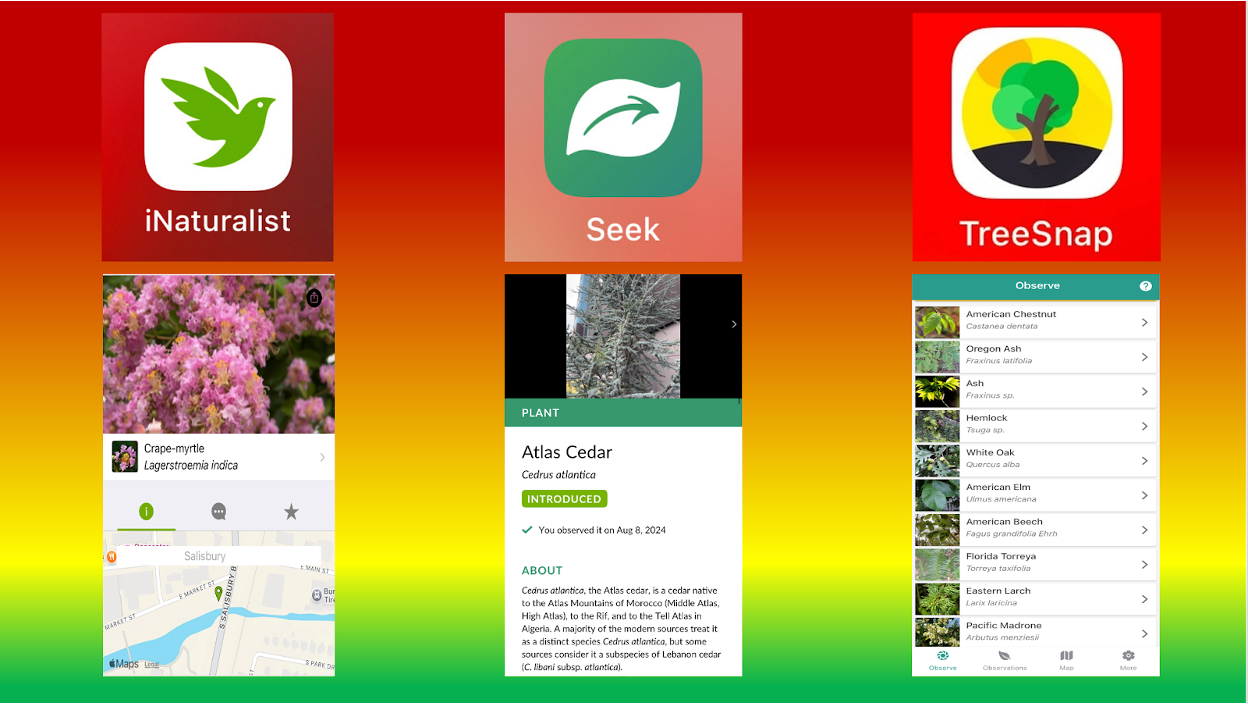News - GLOBE Observer
GLOBE Observer Trees Just Got Even Better!
Since the GLOBE Observer Trees tool was launched on 26 March 2019, GLOBE observers have observed and documented over 100,000 tree heights from over 35,000 global locations across the six GLOBE Program regions.

Location of GLOBE Observer tree height observation locations from
26 March 2019 - 10 January 2025.
You asked us and we listened!
GLOBE members from across the world love using the GLOBE Observer Trees tool to measure the height of trees around them. This data provides insight into the health of trees, how much carbon each tree is taking in from the atmosphere and storing, and is a great way to watch how trees grow over time in different environments. But, something was missing…the ability to report a tree’s genus, species, and/or common name!
Knowing the genus and species of a tree is important, because it helps us understand a tree’s specific characteristics, potential ecological roles, and the type of care a tree will need to thrive in different environments. It can also help us identify trees that may be an invasive species in an area, an important environmental detriment that plays a role in everything from the potential to harm the environment, affect the economy, and impact human health.
So, what changed with the GLOBE Observer Trees tool?
As of early November 2024, you can now enter the tree’s genus and species on the last screen of the Trees tool, after you measure the tree’s height.

GLOBE Observer Tree tool screenshots of the new Genus and Species identification feature.
On the genus and species screen, you will see a new field to enter the tree’s Latin name starting with genus. Tap the genus field and start to type the name. A drop down list will appear giving you the genus options currently accepted in the GLOBE database. Once the genus field is filled, you can tap on the species field and start to type the species name. As you type, a drop-down list will appear with species currently accepted in the GLOBE database. If the genus and species of your tree isn’t in the list, please contact GLOBE at help@nasaglobe.org.

GLOBE Observer Tree tool screenshot of the new Genus and Species identification feature.
In order to make sure we have the most accurate information regarding the genus and species of the trees observed, we have added one more step to the identification process within the Trees tool. This step is sharing how you know the type of tree you are measuring. This could simply be your personal knowledge, a tree identification guide, or even the use of apps like iNaturalist (including Seek by iNaturalist) and TreeSnap. Alternatively, you can enter a tree’s common name by simply typing the name in the field.

Apps, including iNaturalist, Seek by iNaturalist, and TreeSnap, that can help you identify tree genus and species during your GLOBE Observer Trees tool observation.
Once you have entered information about the tree, you have the option to enter the tree’s circumference. This measurement is also optional, but extremely valuable. Tree circumference can be used by foresters and researchers to calculate the approximate age of the tree, and the measurements are also used to estimate the amount of standing timber in a forest. Both tree height and tree circumference can also help to measure biomass, the total mass of living material above ground measured across a particular area.
When you are done with the observation and identification, tap “Finish” to move to the final review screen before submitting your observation. If you have questions or experience any issues with the new function, please contact GLOBE Observer via our web form or at help@nasaglobe.org.
We are excited that GLOBE Observers will be able to now identify the genus and species of the trees they are observing with the Trees tool. This additional data will add more vital information to the GLOBE database, accessible by casual to student to professional researchers.
About the Author
Brian Campbell (NASA Wallops/GST, Inc.) is a NASA Senior Earth Science Specialist and Subject Matter Expert at the NASA Goddard Space Flight Center’s Wallops Flight Facility in Wallops Island, Virginia, USA. Brian is also the Trees Around the GLOBE Student Research Campaign Lead and the Trees Science Lead for The GLOBE Program’s GLOBE Observer citizen science program and serves as the NASA Wallops Flight Facility Earth Science Liaison. Brian, in his 24th year at NASA, works with local to international students, educators, citizen scientists, and researchers in over 120 countries.
Comments
View more GLOBE Observer news here.








